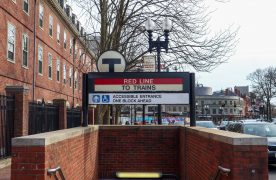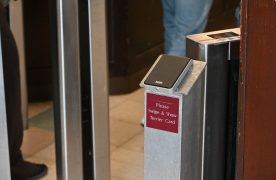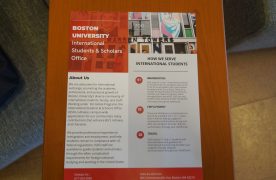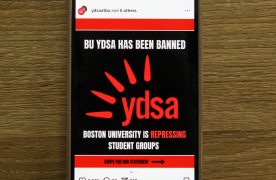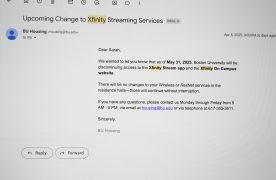It can take Trisha Shenoy, a third year at Northeastern University, two to three hours on an MBTA Shuttle to visit her hometown in Lexington — only 14 miles away from Back Bay.
Despite last year’s Red Line shutdown, MBTA announced that it will be temporarily closing the line again to perform “critical track renewal work” and necessary repairs throughout April, according to its website.
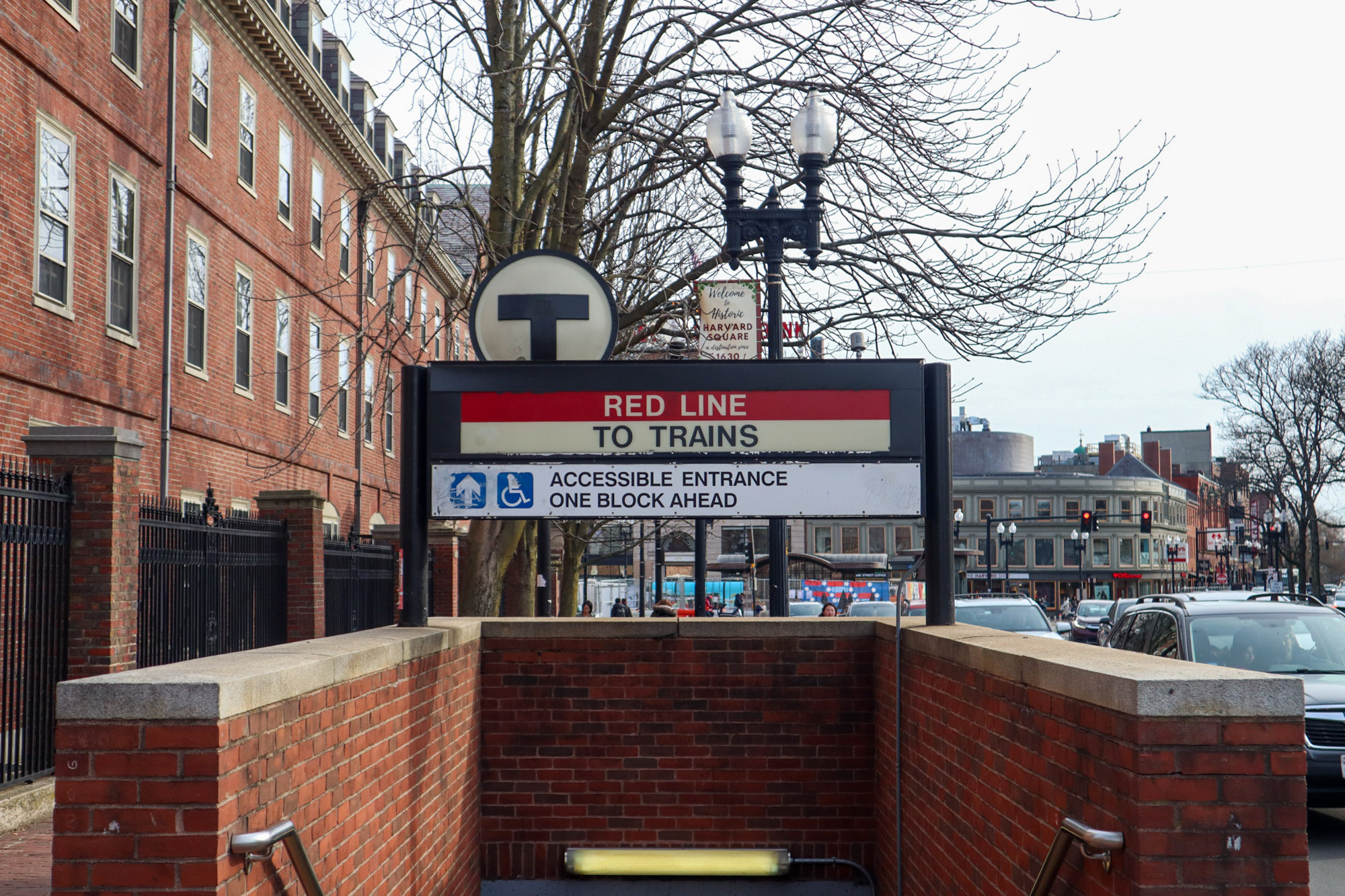
MBTA ran its usual shuttle bus from April 1 to April 9, and later switched to a shuttle train which will run until April 30.
Deirdre Habershaw, Chief of Staff to the Chief Operating Officer at MBTA, said these closures reduce the cost for the MBTA since shuttle buses are “extremely expensive to run,” especially during the week.
For the MBTA, avoiding traffic issues and making alternative transportation more accessible led it to this switch.
“Dorchester Ave. is really congested, and [it] is a pretty narrow roadway in some places,” she said. “The buses are very disruptive to traffic patterns throughout Dorchester.”
Habershaw also said the shuttle buses were a less accessible alternative to the T.
“Even though [the buses] are technically accessible because they have lifts, it doesn’t meet the same accessibility level as our trains,” Habershaw said.
Some Boston residents are worried that not having access to the Red Line will make traveling more difficult.
“The shuttles are really unreliable. They come, sometimes, every 20 to 30 minutes, and even then, most of the time, they’re running late,” Shenoy said. “Sometimes the line for one shuttle will wrap all around a block.”
Shanie Hurvitz, a third year at Northeastern, said the unreliability of the bus system makes commuting to her job in Cambridge more difficult.
“The buses are often very hard to keep track of. Sometimes they’re punctual, sometimes they’re not,” she said. “So, it’s harder for me to be as on top of it as I was when the T was up and running.”
Terrance Regan, a lecturer at the BU Metropolitan College’s City Planning and Urban Affairs program, said these issues stem back the MBTA’s aging infrastructure and require substantial effort to keep it working.
“There were no automobiles at the time, but horse-drawn street cars had caused total congestion on Boston,” he said. “That hasn’t changed from 1890 to 2025 … We have a very old street network that’s not really built for cars, compared to say in L.A.”
He said the MBTA also faces the issue of underfunding.
“We have systematically underfunded reinvestment in the transit system. The current administration is gearing up a huge number of projects to bring the system up to a state of good affairs,” he said.
These transit complications are not unique to Boston.
“If you look at say, New York, which is far in ways the largest transit system in the United States, it is undergoing the same kind of reinvestment,” he said. “What is going on in Boston is in no way singular.”







